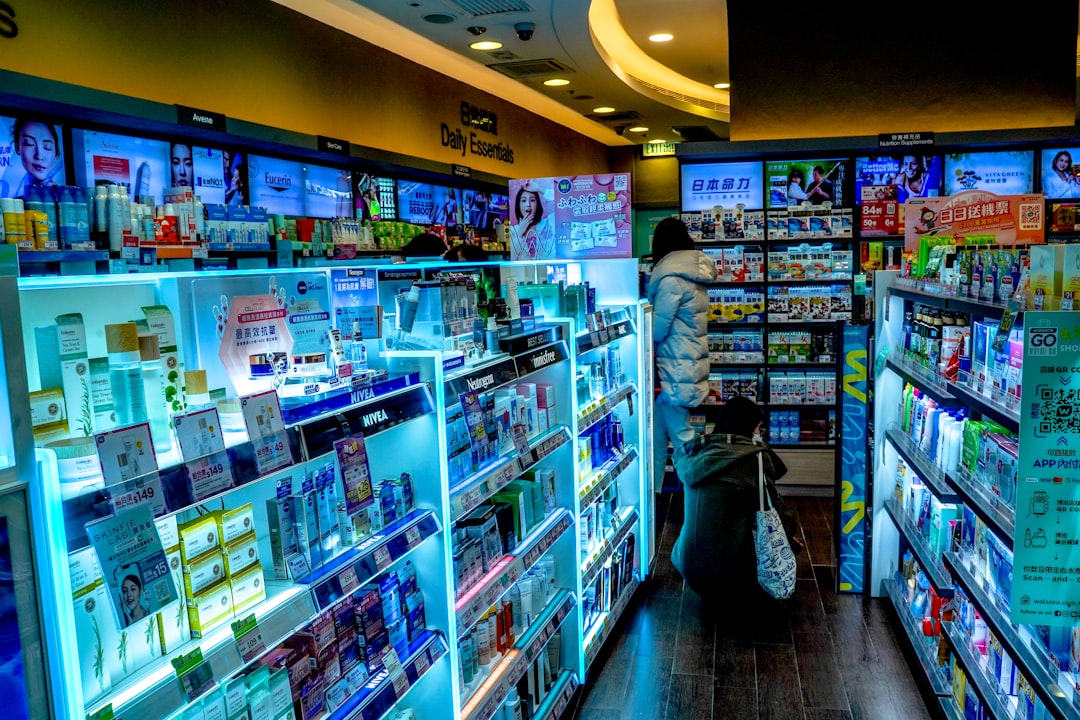With Nintendo’s highly anticipated Switch 2 rumored to be nearing its launch window, market analysts, developers, and gamers alike are closely scrutinizing not just the hardware specs or potential exclusives, but also its global pricing and availability — all of which could be significantly influenced by international trade policies, especially tariffs. Tariffs have long played a pivotal role in the tech industry’s operations, dictating manufacturing decisions, regional rollouts, and even final retail costs. In this context, understanding how tariffs could impact the Nintendo Switch 2 is critical for both industry insiders and consumers.
The Relationship Between Tariffs and Console Production
Tariffs are essentially taxes placed on imported goods. In the case of gaming consoles, many of the components—if not the entire product—are often manufactured overseas, predominantly in countries like China. When countries such as the United States place tariffs on electronics imported from China, it can drastically increase the cost for console manufacturers.
For Nintendo, whose manufacturing partners largely operate out of Asia, this adds complications, particularly if the Switch 2 is produced in regions affected by high U.S. tariffs. A 25% tariff, for instance, could inflate retail pricing or reduce profit margins unless offset by cost-cutting measures or relocation of manufacturing units.

Past Tariff Challenges for Nintendo and the Industry
This isn’t uncharted territory. Back in 2019, when escalating trade tensions between the U.S. and China led to increased tariffs on consumer electronics, major console manufacturers—including Nintendo, Sony, and Microsoft—submitted a joint letter to the U.S. government urging an exemption. They argued that such tariffs would:
- Increase costs for consumers
- Stifle innovation
- Threaten U.S. jobs tied to the gaming industry
The potential for tariffs on consoles forced Nintendo to shift some production of its existing Switch units from China to Vietnam. While this move blunted some of the immediate cost impacts, it wasn’t without logistical headaches and added transitional costs.
Potential Tariff Implications for the Switch 2
As rumors swirl about the Switch 2 launching as early as 2025, the tariff landscape remains volatile. Trade relations between major economic powers are still in flux, and any shift in policy could have cascading effects on Nintendo’s launch strategies. Potential tariff-related impacts on the Switch 2 include:
- Increased Retail Price: If manufacturing remains in countries with high import taxes, consumers may pay more. A $400 console could easily balloon to $450 or more in the U.S.
- Manufacturing Relocation: Nintendo may diversify or relocate its supply chain to tariff-friendly nations, which could delay production or cause regional release staggering.
- Reduced Features: To maintain profitability, Nintendo might opt to cut costs in materials or features, influencing the final product’s appeal.
Each of these paths has implications not just for Nintendo’s bottom line, but also for its competitive position in a market increasingly crowded by Sony, Microsoft, and emerging cloud-gaming platforms.

Global and Regional Price Disparities
If tariffs significantly impact U.S. imports, the Switch 2 may end up being more expensive in North America compared to Europe or Japan — a scenario that could create economic inefficiencies and distort buying patterns. There is also concern over gray market exports, where consumers or sellers import consoles from cheaper regions, bypassing official retail channels. This undermines local distributors and could affect warranty and support mechanisms.
Additionally, if the higher U.S. price does not align with perceived value, consumer hesitation could dampen launch momentum, leading to slower adoption of the Switch 2 in a critical market.
Supply Chain Adaptation and Mitigation Strategies
Aware of the potential costs, Nintendo may preempt tariff impacts through strategies such as:
- Diversifying supplier networks across Southeast Asia, including Vietnam, Thailand, and India
- Partnering with contract manufacturers in low-tariff countries
- Staggering regional launches to test tariff-induced price sensitivity
However, these steps require long-term commitments and infrastructure, and they don’t always guarantee smooth operations. Transitioning factories, ensuring quality control, and managing logistics across new geographies come with their own set of challenges.
Consumer Reactions and Market Dynamics
Historically, price has been a crucial factor in console uptake. The original Switch’s $299 price point was considered one of its biggest selling advantages. If the Switch 2 debuts at a significantly higher price due to tariffs—without matching leaps in hardware or capabilities—Nintendo risks alienating budget-conscious gamers.
Moreover, competing optionally-subscription consoles like the Xbox Series S or even cloud-streaming options like Xbox Game Pass via mobile represent real competitive threats in a high-price environment. Nintendo will need to carefully balance innovation, pricing, and marketing in this context.
The Bigger Picture: Tariffs and the Gaming Ecosystem
Finally, the impact of tariffs extends well beyond just the hardware. Developers, accessory makers, and third-party publishers also face similar import costs, which can affect software pricing, bundle deals, and value-added promotions. Even small accessories, such as controllers or carrying cases manufactured overseas, might become prohibitively expensive for bulk importers.
In worst-case scenarios, publishers might delay or scale back local physical releases for the Switch 2, leaning heavily into digital distribution to skirt hardware inflation. While this might be convenient for some, it leaves physical game collectors and those with limited internet access at a disadvantage.
Conclusion
While the Switch 2 is poised to be another milestone for Nintendo, the shadow of global tariffs looms large. Whether through strategic manufacturing shifts, regional pricing adaptations, or pared-down launch features, Nintendo will need to carefully navigate an international trade environment that continues to evolve. For consumers, this translates to a potential increase in costs or delays, reinforcing the broader truth that geopolitics increasingly shapes not just what games are played, but how — and when — they reach store shelves.
FAQ
-
Q: What is a tariff and how does it impact gaming consoles?
A tariff is a tax imposed on imported goods. For gaming consoles, tariffs can increase manufacturing costs, leading to higher retail prices or reduced profit margins for companies. -
Q: Has Nintendo been affected by tariffs before?
Yes. In 2019, Nintendo moved some of its Switch console production from China to Vietnam in response to potential U.S. tariffs on electronics. -
Q: Could the Switch 2 be more expensive in the U.S. due to tariffs?
It’s possible. If production remains in countries subject to high tariffs, U.S. consumers might have to pay a noticeable premium compared to those in other regions. -
Q: Will Nintendo delay the Switch 2 launch to avoid tariff issues?
Delaying the launch could be one strategy to better align production and distribution, but there’s no official word from Nintendo confirming this approach. -
Q: How can consumers prepare for possible tariff-driven price hikes?
Keeping track of regional pricing announcements, pre-order opportunities, and potential bundles could help consumers secure better value.
 logo
logo



